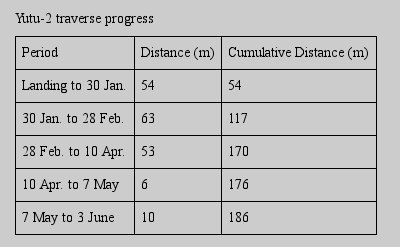Light Sail 2 beams back first images
Capitalism in space: The Planetary Society’s privately funded spacecraft Light Sail 2, launched June 25 on SpaceX’s Falcon Heavy, sent back its first images from orbit on July 7.
The images are not very interesting to look at, mostly because their purpose is engineering. Two cameras took pictures of the light sail’s deployment equipment inside the spacecraft to show that it is still in good shape. Another picture showed the Earth, demonstrating that the camera will be able to image the deployment of the solar sail, which might occur as early as today. UPDATE: They have announced that the deployment will not occur prior to July 21.
Once deployed from a cubesat about the size of a loaf of bread, the sail will be about the size of a boxing ring. They will then attempt to use the sunlight bouncing off it to sail in space, changing the sail’s orbit.
The science team also announced the debut of a mission control website, where the public can see live updates whenever the spacecraft sends back new information. As I write this the solar sail is still listed as “stowed,” but that status will change once they attempt the deployment.
For the public this website will be especially useful once the sail deploys, because it will be very bright to observers on the ground. The site shows Light Sail 2’s present position, making it possible for viewers to better anticipate when they will be able to see it fly overhead.
Update: This post has been revised slightly to make it more accurate, as per a comment by reader Rex Ridenoure.
Capitalism in space: The Planetary Society’s privately funded spacecraft Light Sail 2, launched June 25 on SpaceX’s Falcon Heavy, sent back its first images from orbit on July 7.
The images are not very interesting to look at, mostly because their purpose is engineering. Two cameras took pictures of the light sail’s deployment equipment inside the spacecraft to show that it is still in good shape. Another picture showed the Earth, demonstrating that the camera will be able to image the deployment of the solar sail, which might occur as early as today. UPDATE: They have announced that the deployment will not occur prior to July 21.
Once deployed from a cubesat about the size of a loaf of bread, the sail will be about the size of a boxing ring. They will then attempt to use the sunlight bouncing off it to sail in space, changing the sail’s orbit.
The science team also announced the debut of a mission control website, where the public can see live updates whenever the spacecraft sends back new information. As I write this the solar sail is still listed as “stowed,” but that status will change once they attempt the deployment.
For the public this website will be especially useful once the sail deploys, because it will be very bright to observers on the ground. The site shows Light Sail 2’s present position, making it possible for viewers to better anticipate when they will be able to see it fly overhead.
Update: This post has been revised slightly to make it more accurate, as per a comment by reader Rex Ridenoure.



